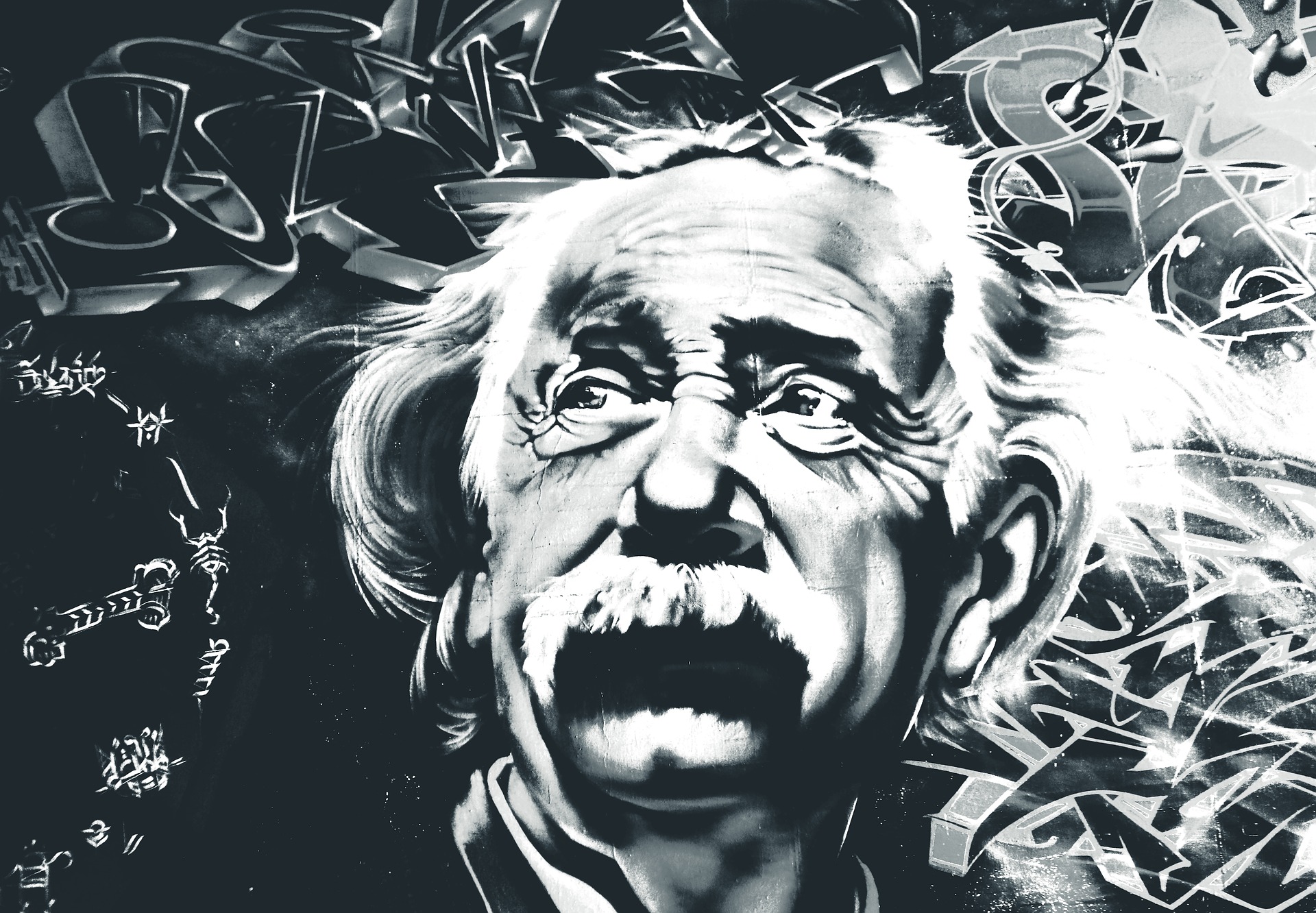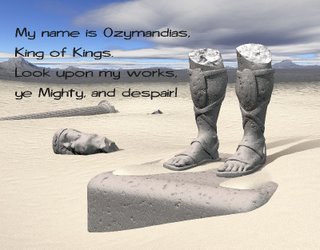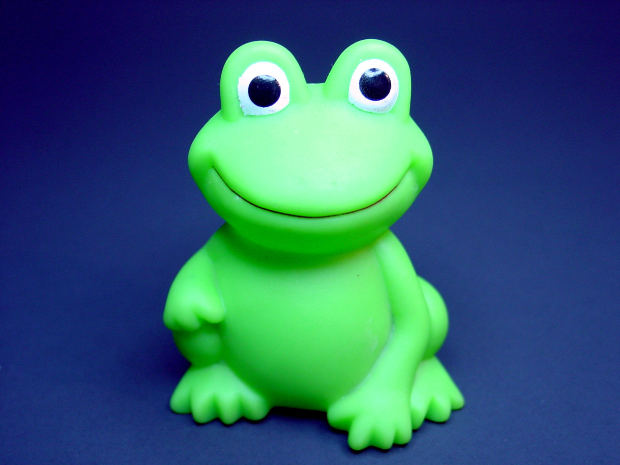The narrator, Vikram Seth, shares his experience of visiting Kathmandu. Vikram Seth went to visit the two most famous temples in Kathmandu that are most sacred and pious to Hindus and Buddhists. Here we take a closer look at the summary of “Kathmandu” by Vikram Seth.
Only Hindus are allowed to enter Pashupatinath. The atmosphere around the temple is very chaotic with the priests, hawkers, cows, monkeys, pigeons roaming about. There are worshippers trying to get the priest’s attention and there are people who are pushing each other to make their way to the front. But as soon as the princess of the Nepalese royal house appears, everyone makes way for her. There are saffron-clad westerners trying to convince the policeman at the main gate to allow them to enter but the policeman is not convinced that they are Hindus. THere are monkeys fighting with each other and screaming around the temples. The holy Bagmati flows below and a corpse is being cremated on its banks. Children bathe there and a basket of flowers and leaves is dropped into the river. The temple is always full of life and activities.
But, at the Buddhist shrine of Kathmandu, the Baudhnath stupa, there is a sense of tranquillity. There are small shops on its outer edge from where felt bags, Tibetan prints and silver jewellery can be bought.
According to the narrator, Kathmandu is religious, mercenary and vivid. One can find small shrines and flower-adorned deities along the busiest and narrowest streets, with fruit sellers, flute sellers and shops selling various products like chocolates, western cosmetics, copper utensils and more. One can hear a variety of sounds on the streets, starting from the sound of film songs coming out of the radios along with car horn sounds, bicycle bells to vendors shouting out their wares.
The narrator enjoys this by himself and buys himself some snacks and coca cola. After that, he considered what route to back home. He figured that if he was enthusiastic enough then he would go by bus and train to Patna, and then sail up the Ganges past Benaras to Allahabad, and then up the Yamuna past Agra to Delhi. But he was too tired and he wished to go home directly. So, he went to a Nepal Airlines office and bought a ticket for the next day.
The narrator saw a flute seller near the hotel. He had a pole in his hand which had an attachment at the top from which fifty or sixty ‘bansuris’ that are made of bamboo, extended. He chooses a flute and plays it for a few minutes with utter concentration. He makes a sale occasionally but he seems more interested in playing the flute than in selling them. Sometimes he stops playing for a bit to talk to the fruit seller. The narrator believes that this is his pattern of life.
Flute music is addictive to Vikram Seth. He is unable to move from the square. He says that there is no culture that does not have its flute music as it is the most universal and particular of all sounds. For instance, the Japanese ‘shakuhachi, the reed neh, the Chinese high-pitched flutes, the flutes of South America and more. Each one of these has a unique fingering and compass. But the impact is intoxicating. Vikram Seth says that its motive force is living breath and it is probably the closest in its phrases and sentences to a human voice.
The narrator is surprised to be so affected by a few familiar phrases of the bansuri. He feels that earlier he never noticed such details and comes to the conclusion that he has certainly never invested them with the importance with which he does now.
Some online learning platforms provide certifications, while others are designed to simply grow your skills in your personal and professional life. Including Masterclass and Coursera, here are our recommendations for the best online learning platforms you can sign up for today.
The 7 Best Online Learning Platforms of 2022
- Best Overall: Coursera
- Best for Niche Topics: Udemy
- Best for Creative Fields: Skillshare
- Best for Celebrity Lessons: MasterClass
- Best for STEM: EdX
- Best for Career Building: Udacity
- Best for Data Learning: Pluralsight
















